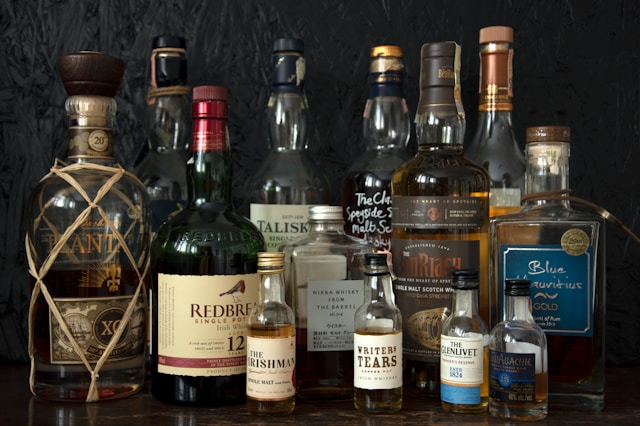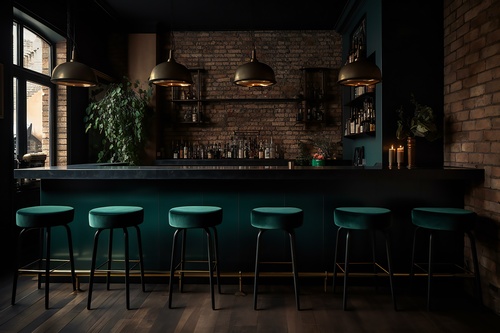Curators play a pivotal role in the quest for the ultimate scotch whisky experience. Their expertise and discernment are crucial in guiding enthusiasts through a landscape rich with tradition, flavour, and craftsmanship. This guide sheds light on how curators can craft an unparalleled scotch whisky journey, touching upon various aspects from historical depth to sensory evaluation.
Understanding Scotch Whisky Heritage
The journey begins with a dive into the storied past of the whisky. Each bottle is a testament to centuries-old traditions refined through generations. Curators must acquaint themselves with the history of distilleries, the specifics of regional flavours, and the tales of master distillers. This knowledge enriches the tasting experience and connects enthusiasts to the cultural significance of this whisky.
Mastering the Sensory Experience
Mastering sensory evaluation is key to guaranteeing an exceptional scotch-tasting experience. Curators need to hone their ability to discern and articulate the complex profiles of scotch, from the peaty notes of Islay malts to the floral subtleties of Speyside offerings. This involves thoroughly understanding the whisky-making process, including the effects of ageing, cask selection, and the terroir’s influence on flavour.
Curating a Diverse Selection
Diversity in selection ensures that novices and connoisseurs find something that resonates with their palate. A curator’s arsenal should include a range of ages, regions, and distillation processes. This variety allows for a comprehensive exploration, showcasing the breadth and depth of this illustrious spirit. Whether a rare, aged single malt or a vibrant, young blend, each selection should tell a story and evoke a sense of place.
The Importance of Presentation
Presentation plays a significant part in boosting the whisky consumption experience. This encompasses the environment in which the whisky is tasted and how it is served. Curators should consider the glassware, the temperature of the whisky, and even the water used for dilution, as all these elements can influence the tasting notes. Creating an ambience that reflects the heritage and sophistication of the whisky can significantly enhance the overall experience.
Educating and Engaging
An integral part of a curator’s role is to educate and engage with enthusiasts. This involves sharing insights about the nuances of different scotches, discussing the intricacies of the distillation process, and offering background on the distilleries. By fostering a dialogue, curators can elevate the tasting experience from merely sampling whisky to an informative and immersive journey.
Fostering a Community of Scotch Enthusiasts
Curators can enhance the scotch whisky experience by building a community of like-minded enthusiasts. Organising tasting events, workshops, and discussions encourages interaction and shared learning among participants. Such gatherings deepen the appreciation of scotch whisky and cultivate a sense of belonging among participants, reinforcing the communal spirit that scotch whisky has historically symbolised.
Navigating the World of Collectible Scotches
An often-overlooked aspect of curating an exceptional scotch experience is guiding enthusiasts through collectable scotches. This involves understanding the market, recognising the value of limited editions, and identifying scotches representing a good investment or a rare find. Curators can offer insights into the nuances of building a collection, from storage considerations to the importance of provenance.
The Art of Pairing
Finally, enhancing the exclusive whisky experience through thoughtful pairing with food or cigars can elevate it to new heights. Understanding how different flavours complement or contrast with specific scotches can transform a simple tasting into a holistic sensory adventure. Curators should explore and share pairing recommendations, crafting combinations that enhance the characteristics of both the scotch and its accompaniment.
In conclusion, the role of a curator in the scotch whisky experience is multifaceted and profound. By weaving together the rich tapestry of its heritage, mastering the sensory landscape, offering a curated selection, focusing on presentation, engaging enthusiasts, and other features, curators can guarantee an exceptional experience. This journey of discovery celebrates the iconic spirit and honours the craftsmanship and tradition behind every drop.



